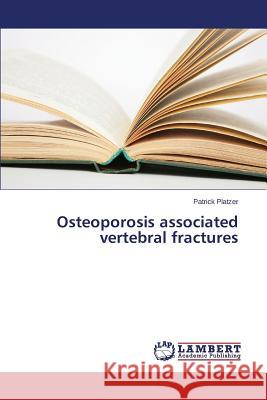Osteoporosis associated vertebral fractures » książka
Osteoporosis associated vertebral fractures
ISBN-13: 9783659624896 / Angielski / Miękka / 2014 / 92 str.
From a Public Health perspective Osteoporosis has been acknowledged as an established and well-defined disease affecting about 200 million people worldwide. Relating to its complications, osteoporosis annually causes more than 8.9 million fractures worldwide, of which more than 4.5 million occur in the United States and in Europe. In recent years, gender differences in osteoporosis and its related fractures have gathered increasing attention. Primarily, osteoporosis has been considered as a disease of postmenopausal women, constituting its diagnosis, treatment and prevention. However, the medical and particularly the socio-economic burden of osteoporosis related fractures are notably higher in men, as recent literature has shown. This new aspect has led to a redefinition of osteoporosis by including men as well as a risk group and by extending scientific research referring to gender-related differences.
From a Public Health perspective Osteoporosis has been acknowledged as an established and well-defined disease affecting about 200 million people worldwide. Relating to its complications, osteoporosis annually causes more than 8.9 million fractures worldwide, of which more than 4.5 million occur in the United States and in Europe. In recent years, gender differences in osteoporosis and its related fractures have gathered increasing attention. Primarily, osteoporosis has been considered as a disease of postmenopausal women, constituting its diagnosis, treatment and prevention. However, the medical and particularly the socio-economic burden of osteoporosis related fractures are notably higher in men, as recent literature has shown. This new aspect has led to a redefinition of osteoporosis by including men as well as a risk group and by extending scientific research referring to gender-related differences.











